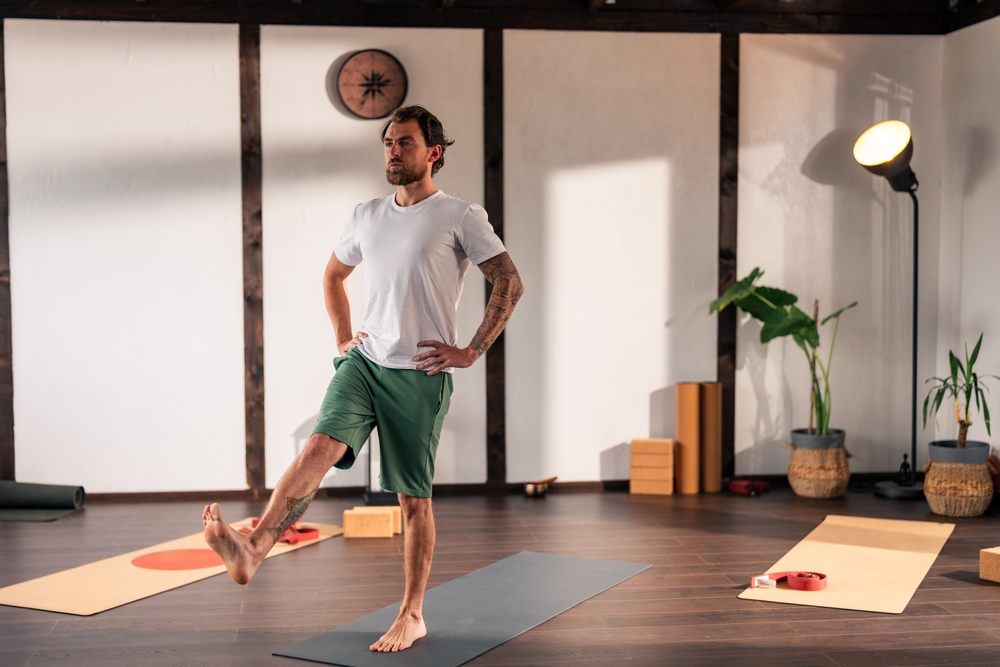Walking is one of the best exercises, but you might be doing it wrong
Others are reading now
Walking is one of the simplest, most accessible ways to stay active and experts agree it offers big benefits for both body and mind.
Regular walks can improve heart health, boost mood, lower stress, and reduce the risk of chronic diseases like diabetes and heart disease. But if you’re strolling on autopilot with poor posture or mechanics, you could be missing out on the full benefits and even setting yourself up for discomfort or injury.
Why Walking Is More Than One Foot in Front of the Other

A healthy gait is a coordinated, full-body movement, not just a leg exercise. It starts with a heel-to-toe step that activates your glutes and hamstrings, while your core stabilizes your pelvis and spine.
At the same time, your rib cage and hips rotate gently, syncing with the opposite swing of your arms and legs to move you forward efficiently.
Two Simple Ways to Check Your Walking Form

Want to know if your walking mechanics are helping or hurting you? Start by looking at the wear pattern on your shoes. Even wear across the heel and forefoot is ideal. Excessive wear on one side may signal an imbalance.
Also read
Then, ask a friend to film you walking from the side and behind so you can spot any issues with posture, step length, or alignment.
Common Walking Mistakes to Avoid

Short, shuffling steps can prevent your glutes from activating properly. “Duck” walking, with feet angled outward, and pigeon-toed walking, with feet angled inward, both throw off alignment.
Likewise, carrying a bag on one shoulder or holding a dog leash in the same hand every time can create imbalances and muscle strain.
Don’t Forget Your Upper Body

Your arms play a bigger role in walking than you might think. Limited arm swing can lead to tension in the neck, shoulders, and back. Hunched posture with a forward head position disrupts alignment.
Keeping your upper body relaxed, swinging arms naturally, and balancing the load you carry can improve your walking efficiency and comfort.
The Power of Conscious Breathing

Also read
Breathing patterns influence posture, energy, and movement quality. Shallow, chest-only breathing can stiffen your rib cage and weaken core stability. Try rhythmic nasal breathing as you walk, inhale for four steps, exhale for six.
This helps regulate your nervous system and supports better spinal alignment.
Your Pre-Walk Tune-Up

A few minutes of mobility work can make your walk smoother and more beneficial. Try ankle circles to loosen joints, step-back lunges to fire up glutes and core, and windmill twists to open the chest, shoulders, and back.
These warm-ups help prevent stiffness and encourage better movement.
The Walking Alignment Checklist

As you walk, keep your shoulders stacked over your hips, your spine tall, and your gaze forward. Land softly on your heel or midfoot, roll through to your toes, and point your feet straight ahead.
Also read
Distribute weight evenly, engage your glutes on each push-off, and swing your arms naturally in rhythm with your stride.
Be Present and Connected to Your Body

Walking is a chance to tune in, not zone out. Notice your posture, how your feet land, and how your breath feels.
Switch the side you carry your bag or leash, and stay aware of your surroundings. This mindful approach makes your walk more than just exercise, it’s a moving meditation.
Turn Every Walk Into a Full-Body Reset

With intentional movement, conscious breathing, and good mechanics, walking becomes more than just cardio, it’s a tool for better posture, mobility, and overall wellness.
Each step can strengthen your body, balance your muscles, and clear your mind. Done right, your daily walk could be the most effective and enjoyable workout you do.
Also read
This article is made and published by Edith Hejberg, who may have used AI in the preparation


